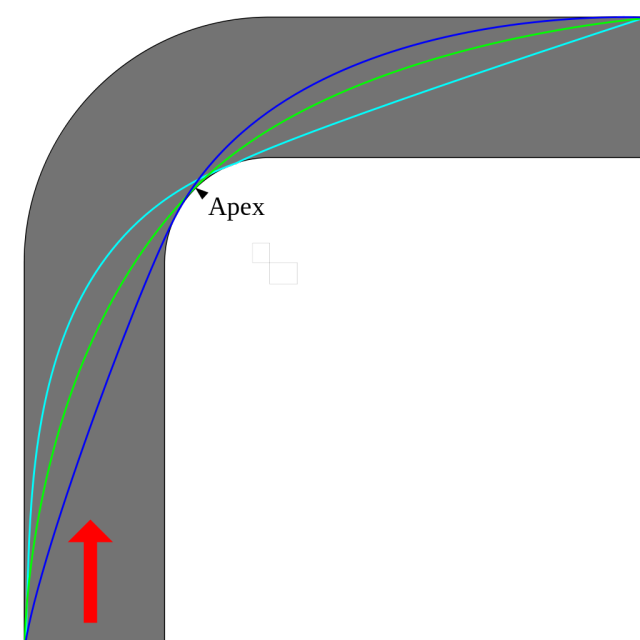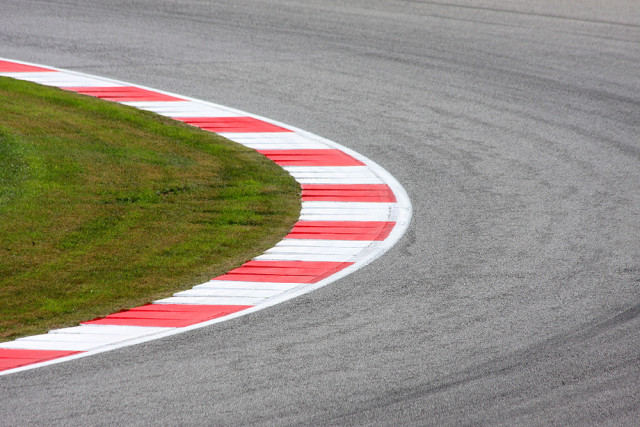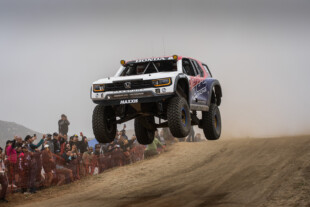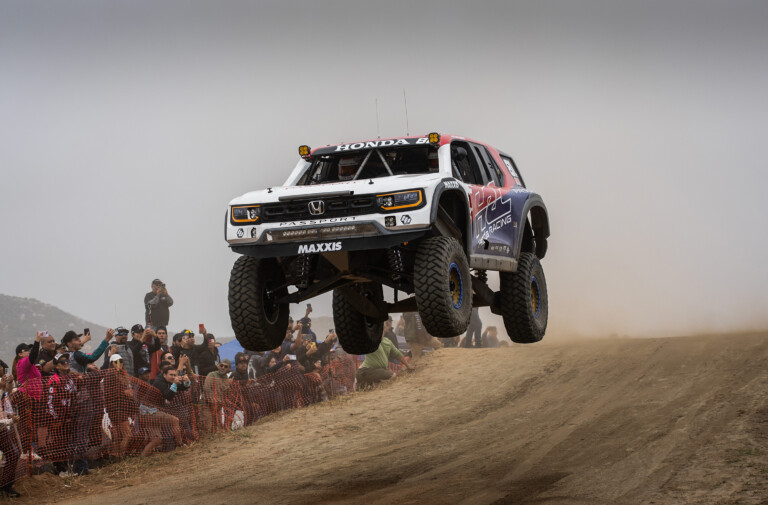Probably the first thing one learns when attending a racing school is the idea of the racing line, which encompasses the entry point, apex, and track-out point. More often than not novice drivers try to gain speed by overdriving the entry, missing the apex and losing time at the exit, prompting the axiom “slow in, fast out.” While people reading from a site dedicated to motorsport understand the these elementary concepts, there are subtleties which can make the apex seem elusive. Here, a selection of pro drivers add their opinions on conventional theory and discuss the variables not mentioned in an introductory racing class.
In practice, the nuances of a particular corner determine the ideal line and apex point. For instance, tighter, late apex corners require the driver to take a wide line at a relatively slow pace to try and accelerate as cleanly out of the corner as possible. The patience involved in delaying the throttle application and arriving at the apex with the right attitude can be off-putting to the initiate. However, any overly eager novice will quickly understand the benefit of waiting to accelerate until the right point when a patient competitor carries better speed out of the corner and passes them down the subsequent straightaway.

The green line corresponds with the geometric apex, the dark blue line with the early apex and the light blue line with the late apex.
Apex curbs present intricacies all their own. Taking the minimum necessary distance through the corner is always something the astute drivers goes after, but by bouncing the car over the curbs it can upset the car and delay throttle application, especially if the car is very aero-dependent and the undertray’s airflow is disturbed in the process. The experienced driver learns to approach the curb in a way which won’t result in upsetting the car while maintaining momentum and taking the shortest available route.
When general theory is concerned, quicker corners are apexed earlier and slower corners later, but many drivers approach corners in the way in which they’re comfortable. Many drivers prefer to try and turn in early, which tends to use the front tires a bit more but protects their position on track. Some drivers like to pitch the car in late and take a later apex, which tends to wear the rears but often is the quickest way through a corner. When it comes to racing, theory is a valuable thing to understand but variables such as setup, driver preference, and surface conditions determine the ideal way through the corner.






















